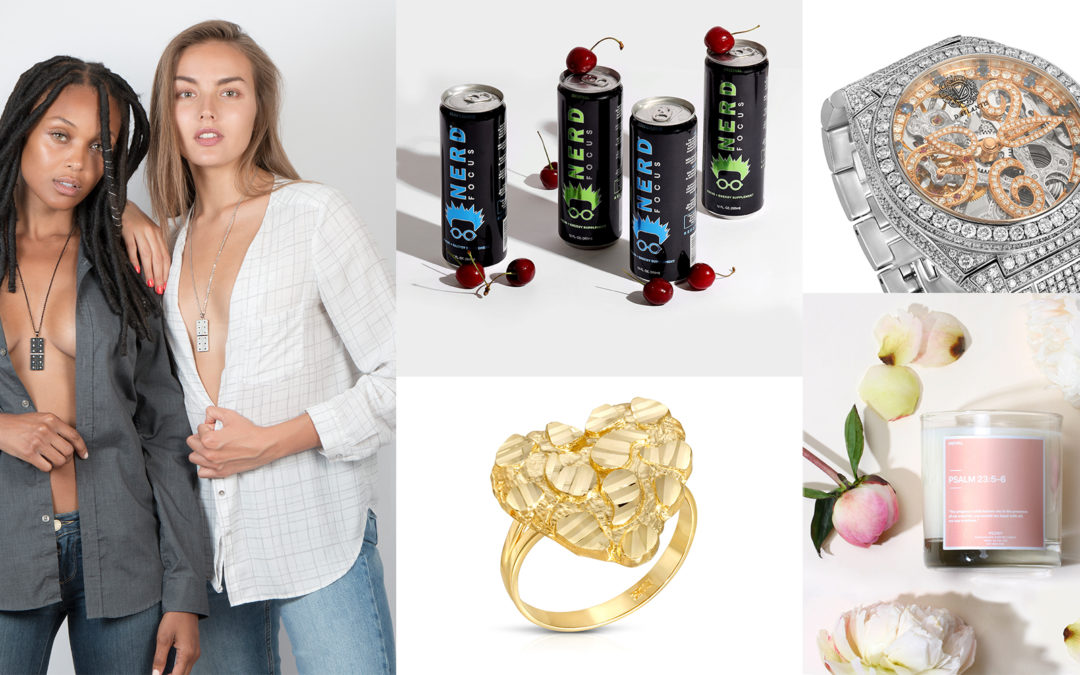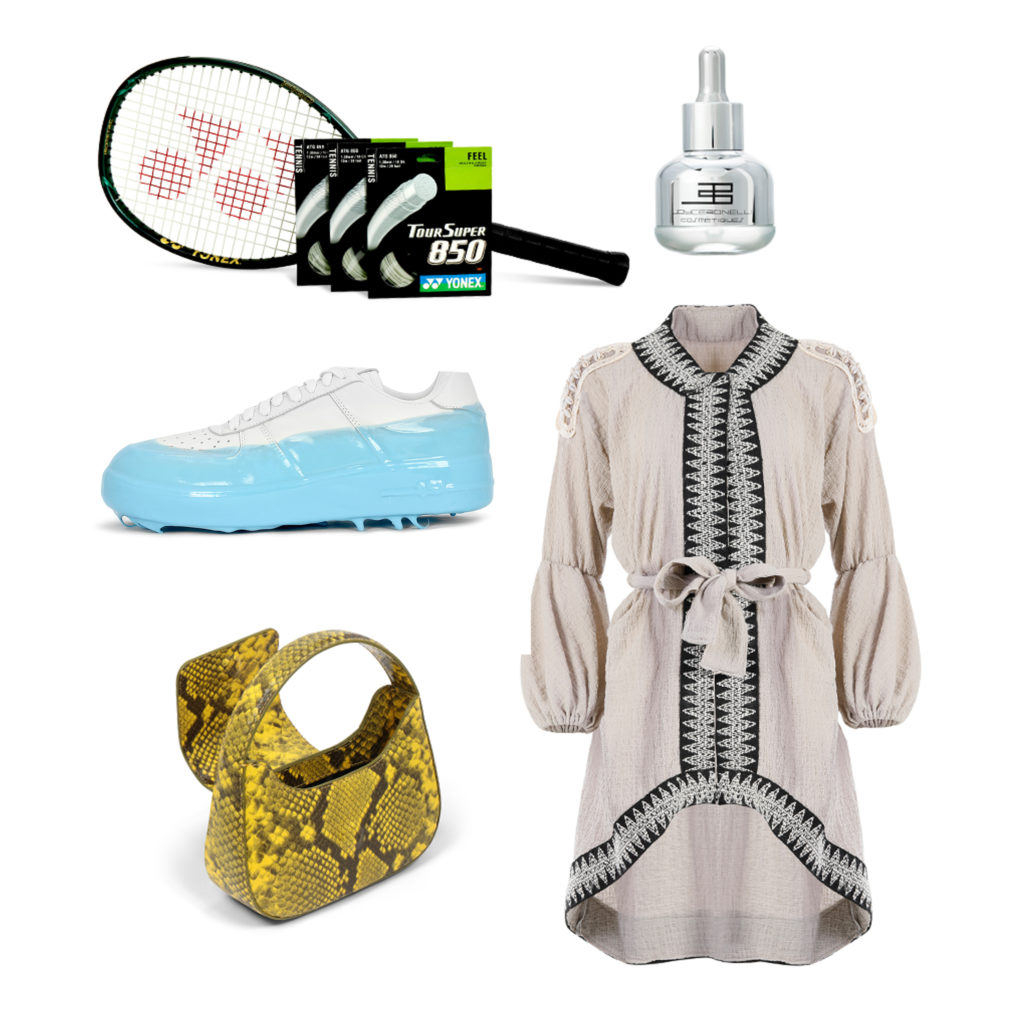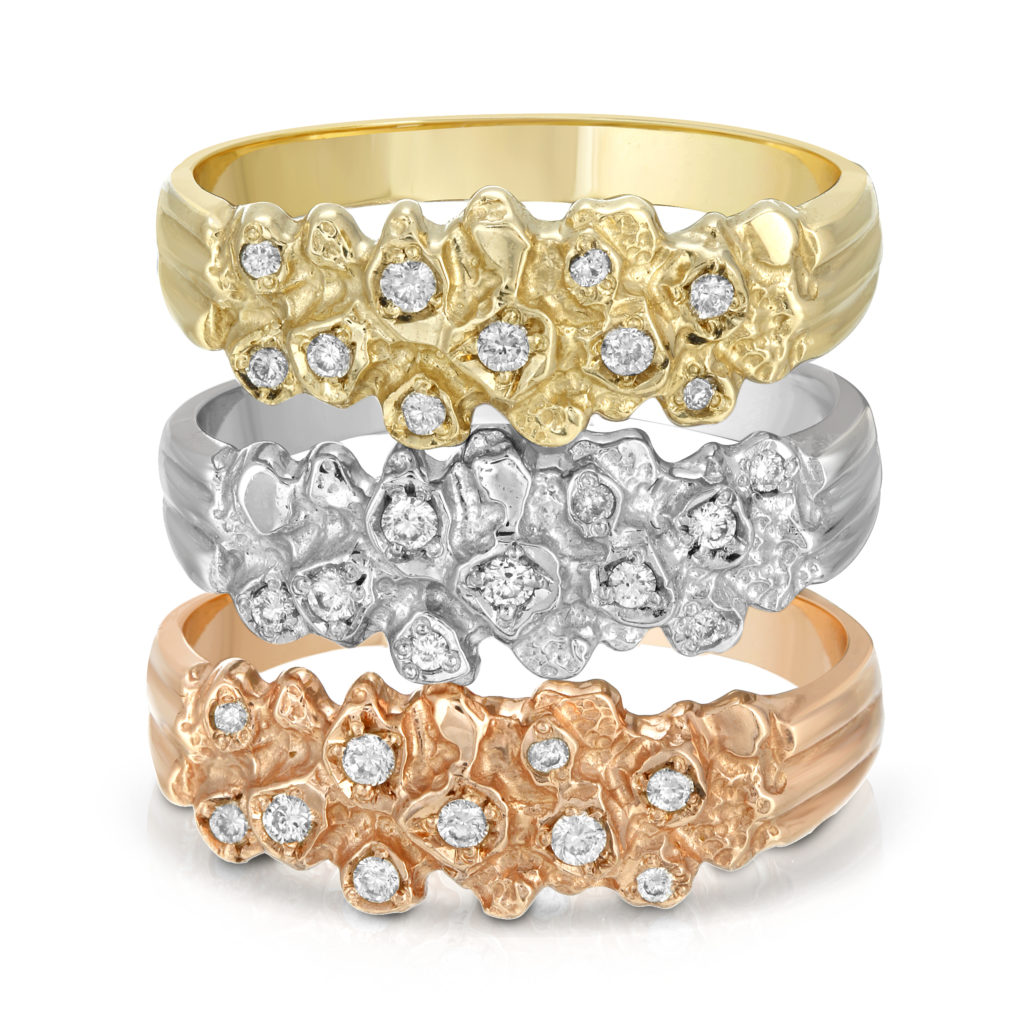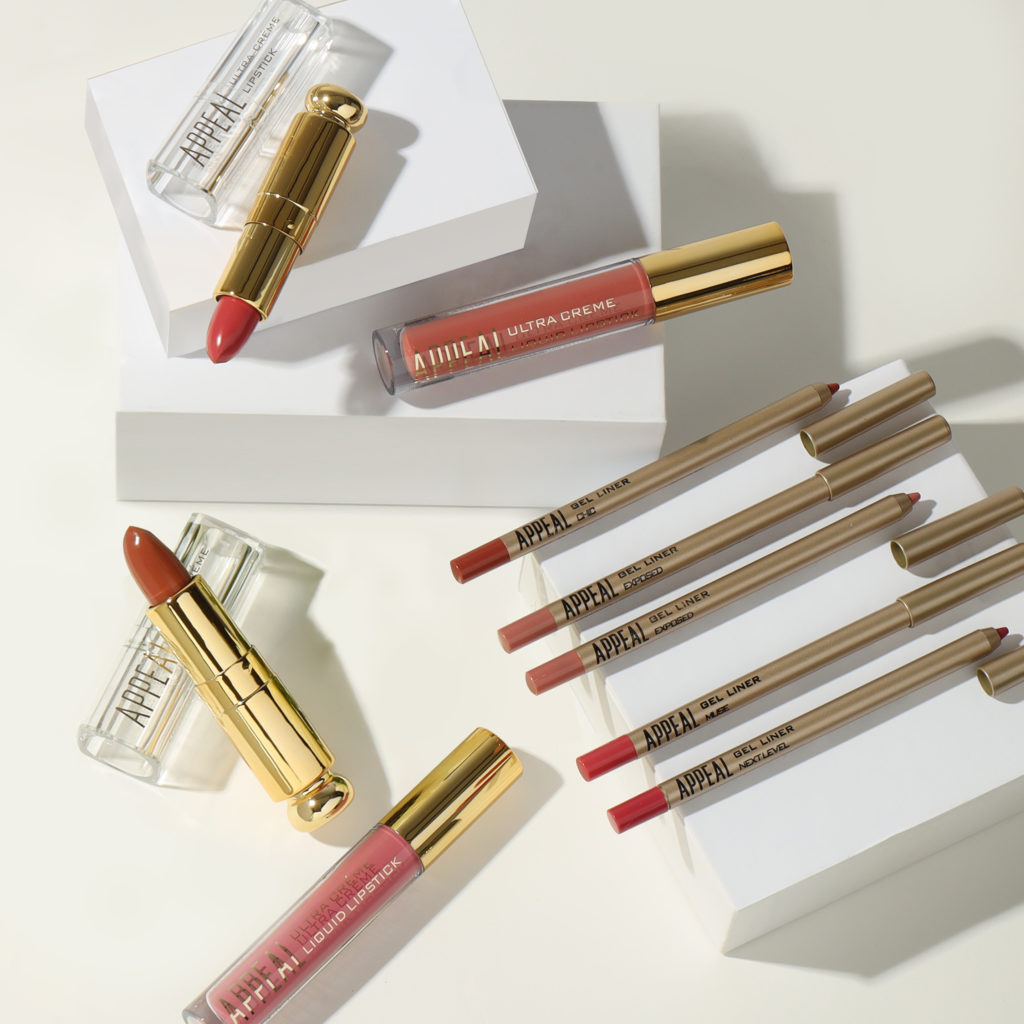Fashion photography is about stylish, well-lit portraits that have tight composition and tell you an extremely nuanced story. If you’re a beginner in the trade, getting the basics right can be challenging. Let’s check out a few easy-to-follow fashion photography tips so that you can deliver those high-end shots to your clients.
Play around with artificial light
While most fashion photographers prefer to use a strobe light or a constant source of light, you can also use a ring light if it suits the occasion. It may be a bunch of small LEDs stuck on a circular frame or just one circular fluorescent bulb.
For adjusting the intensity of the light and how it falls on your model and the surrounding environment, you can use accessories like reflectors, softboxes, umbrellas, and more. You can also experiment with the distance of the light from the model and its direction. Your minor choices can affect the character of the light in drastic ways and experimentation is the best way to get yourself familiar with it.
Lighting doesn’t need to be complicated
Lighting is key in all forms of photography. It can make your shot peak if you can nail it. However, that does not mean you need to spend thousands of dollars on professional lighting gear when you’re just starting out. You can take amazing shots even if you just use a single light source and soften it with one reflector. Beginners often tend to take an overwhelming path where they use numerous flashes from several directions to create a very complicated lighting scheme.
However, more elements add complexity. If you aren’t able to control that, you may harm your shot instead of improving it. As with most things in life, the key to great fashion photography is to keep the lighting simple. Choose the location, figure out what needs your attention, and light it without thinking too much about it.
Don’t mix light sources
Mixing light sources is the last thing you want to do for fashion photography. When you’re shooting in the daylight you won’t need any additional sources of light. However, you can use a reflector to enhance and illuminate your model in places away from the sun. On the other hand, if daylight isn’t available or suitable for the shoot, get a constant source of artificial light or a strobe light. Stick to one and don’t use both of them together.
Daylight is your best friend
Even the biggest studios and production companies try to shoot as many shots and footage as possible in daylight. Even those million-dollar lighting kits can’t compare to the big ball of fire in the sky. Daylight is your best friend and you should try working with it before investing in expensive lighting kits. Ask your model — your colleague, friend, or relative to sit or stand around two meters away from the window to use daylight as a lighting source.
Shoot from different sides and angles to understand how daylight falls on your model and how it affects your image. For instance, if you want a simple shot with even light and no shadows, make the model face the window and take the shot with your back towards the window. While this illuminates your model perfectly, it doesn’t highlight any features on the face. To achieve more volume turn your model at different angles: 30, 45, and more to highlight certain features of their face or costume.
Play around with lenses
While you don’t need a camera collection for fashion photography, the same can’t be said for lenses. Since you won’t have the budget for all of them at once, start with a good zoom lens like the Canon EF 24-70mm f/2.8L II USM. It covers a vast range that covers almost all studio shots. As you get better with your craft, you can buy other lenses for close-up shots and low-light conditions. Similar to lighting, you need to keep experimenting with lenses to figure out which one suits the niche of the moment.
Choose the right camera
When you’re a beginner you won’t have the budget to blow out on numerous cameras. You need something that works well in most conditions and delivers high-quality images. If your budget allows for it, get a decent mirrorless camera like the Canon EOS 5D Mark IV or the Sony A7R III. They are full-frame designs that work very well for the task and are lighter than traditional choices.
You’ll love the depth of field, colors and high ISO both those options deliver. You won’t need to pick up anything else for most of your shots if you can adjust the white balance and exposure the right way. On the other hand, if you want an even higher resolution you can rent out the Canon EOS 5DS R.
Go dark
While daylight is one of the best sources of light for fashion photography, sometimes you have to use a studio environment instead of an outdoor location. When you shoot in a studio environment you’re going to use numerous sources of artificial light. That means you have to isolate your studio environment as best as possible from daylight so that you don’t end up mixing light sources.
When you manage to create a dark studio environment you can play around with artificial lights any way you want. For instance, you can use a pilot lamp to focus interest on your model while also being able to develop the shadows and highlights properly. When you’re using a strobe light you also need to adjust the shutter speed of your camera to match the length of the flash. It can vary anywhere from 1/125th of a second to 1/3500th of a second.
While it looks intimidating, fashion photography is similar to other niches in this creative field. Stick to the basics, experiment with lenses and lighting and as you refine your art you’ll be able to deliver stellar shots and charge top dollar for your service.




